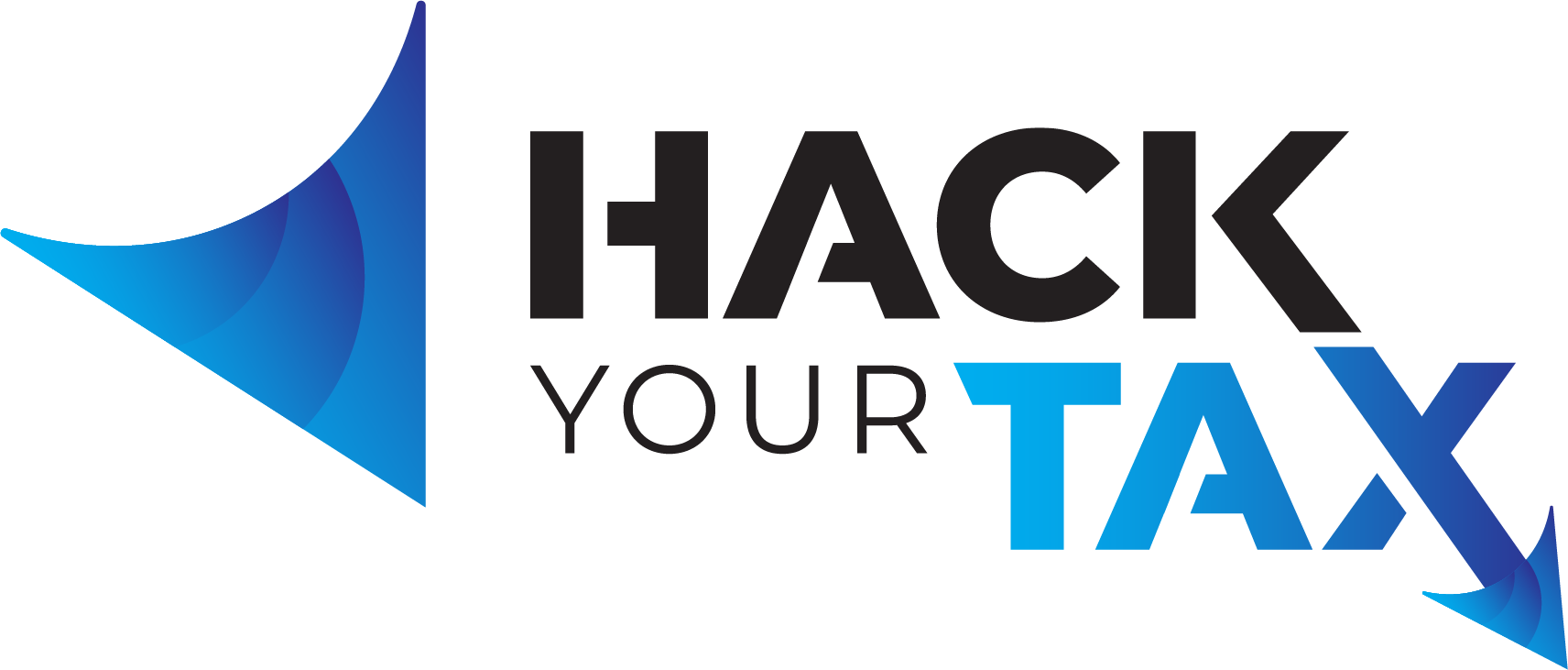Profit & Loss Statement
Doctors, lawyers, film-makers, geeks, and more
My clients are diverse by most anyone’s definition. These, and my other business clients, range from the traditional to the far out, and are all business owners with unique needs and requirements. They also have specific tools which would seldom, if ever, be needed in another business. But, as business owners, they share a common denominator—a tool of the trade that can make or break their business.
My definitions of Business Owner
“…an individual who answers the question ‘what do you do?’ with ‘I own my own business’….”
“…the trade of owning one’s own business…”
My definition of Tool of the Trade
“… the Profit & Loss Statement of the business. It’s not just any tool, it’s the power tool.”
If I were a flashy salesman
Selling this power tool on a late night TV info-commercial might sound something like:
This Amazing Power Tool of the Trade…
- Controls the ability to generate profit by increasing revenue, reducing costs, or BOTH
- Exhibits more than a mere snapshot as seen on the balance sheet
- Holds the secret to revealing that change is more important than numbers themselves
- One of three powerful statements issued quarterly and annually by every public company
- Use to dig deep into the secrets of your business
The Profit & Loss Statement
Whether you do your bookkeeping in a ledger (which is still being done), use an Excel spreadsheet or QuickBooks, each entry becomes part of the Profit & Loss Statement. This brings up some questions:
- Are the numbers you entered in the ledger, spreadsheet or QuickBooks valid?
- Do you create and print a P&L on a monthly basis?
- Do you know how to read and apply the information printed on the Profit & Loss Statement?
Whether or not you can answer these questions, your business is paying attention to the information and reacting accordingly. Think of it this way: The P&L is a PAL, kind of like a buddy to your business. Whether or not you print the Profit & Loss Statement or know how to interpret it, this PAL and your business are always communicating. In fact, this PAL is telling your business what to do and where to go. Are you paying any attention to this conversation?
The most powerful accounting tool your business has is a clean, accurate Profit & Loss Statement. This tool will be of little value to you or your business if you don’t know how to read, interpret and apply the information.
What’s the bottom line?
Whether you want full-service accounting for your business or any level of monitoring, consulting, financial management and reporting, auditing or reviews, or ongoing tax management and filings, we’ve got you covered.
Contact us. We’re as close as a click, call or visit.


